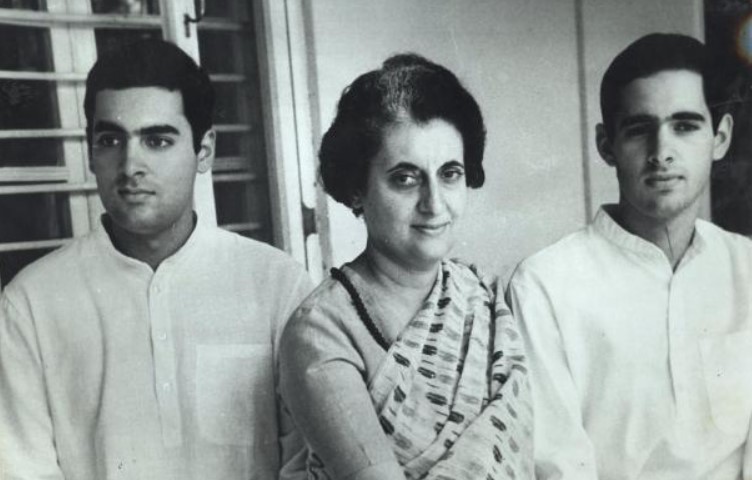
June 25th, 2020 marked the 45th anniversary of a series of events which the succinct phrase ‘the darkest phase of Indian democracy’ captures perfectly. From the suspension of Fundamental Rights to Press censorship; from crushing all hues of political dissent with successive amendments to Maintenance of Internal Security Act (MISA) to giving the citizens a taste of dystopian India under Indira Gandhi’s authoritative autocracy, the National Emergency of 1975-1977 had repercussions that many Indians are still reeling from. For the reasons mentioned above and more let’s suffice it to say that Indira Gandhi is not loved all that dearly by the champions of ‘democracy’ in India. However, part of those who proudly preach against revering Indira Gandhi because she tarnished the reputation of Indian democracy, today support the Bhartiya Janata Party. Let me help you navigate through the reasons why this stance is coloured with irony and double-standards.
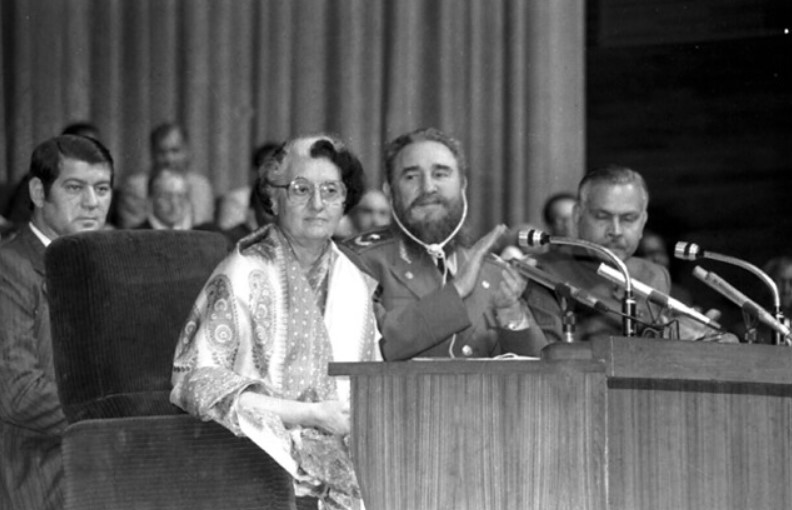
The popularity of both the leaders is the first mark of commonality – be it Indira or Modi, the support they managed to garner from the masses is massive, to say the least. Not to forget, there’s pro-poor propaganda that is propagated by both the leaders but it is precisely the poor and marginalized who end up suffering the most under their governance. It is needless to say that Indira Gandhi’s Garibi Hatao was a noteworthy slogan stemming from her compassion for the poor and so was her ‘Twenty-Point Programme’ during the emergency.
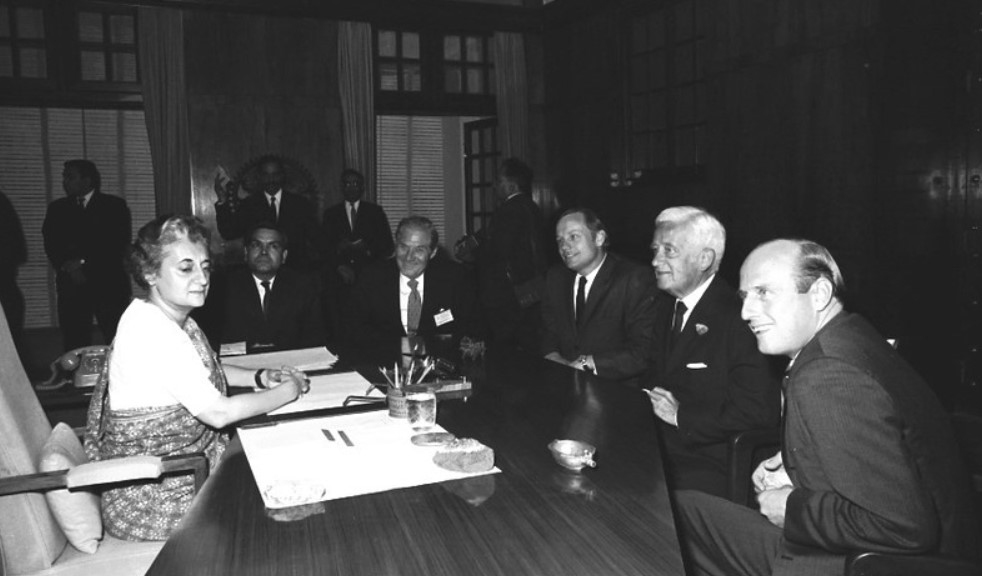
However, we cannot help but recall the harrowing experiences of the marginalized during the ‘forced sterilization drive’ led by Sanjay Gandhi, also during the emergency itself. Similarly, the demonitization that transpired while the government was helmed by Narendra Modi in 2016 became the biggest nightmare for the poor rather than being of any financial assistance to them, as has been intended. Another striking similarity between the Emergency and the governance under Modi is how institutions of Judiciary and Parliament were made mere rubber stamps.
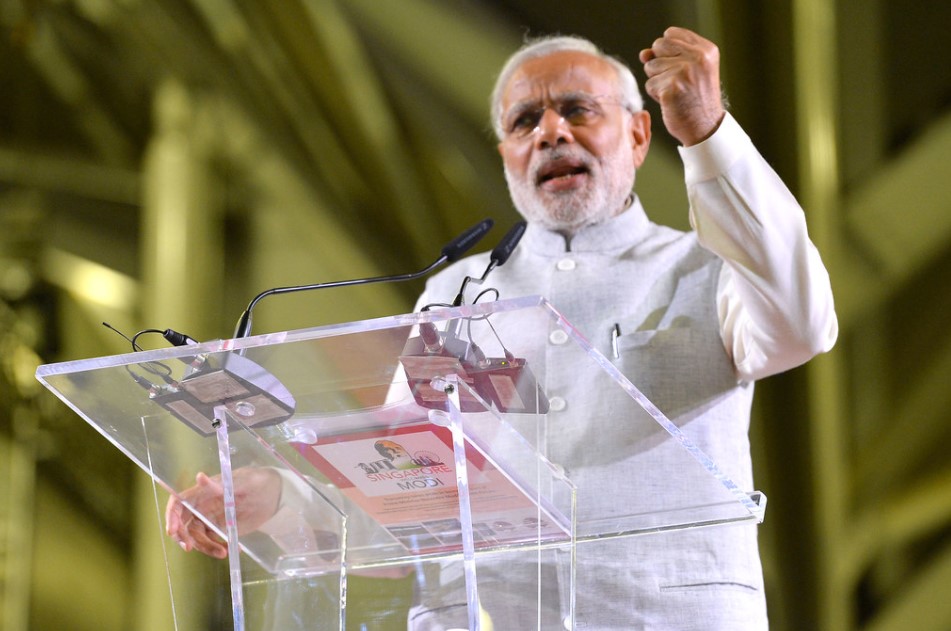
While Gandhi played the Judiciary and Parliament like a game of cards with all the odds stacked against her opponents, BJP’s majority in the Parliament has had the same effect today. The credibility once held by the judiciary is being quickly eroded since the institution spends more time gushing over the spectacular governance under Narendra Modi than it does hearing cases that challenge the government.
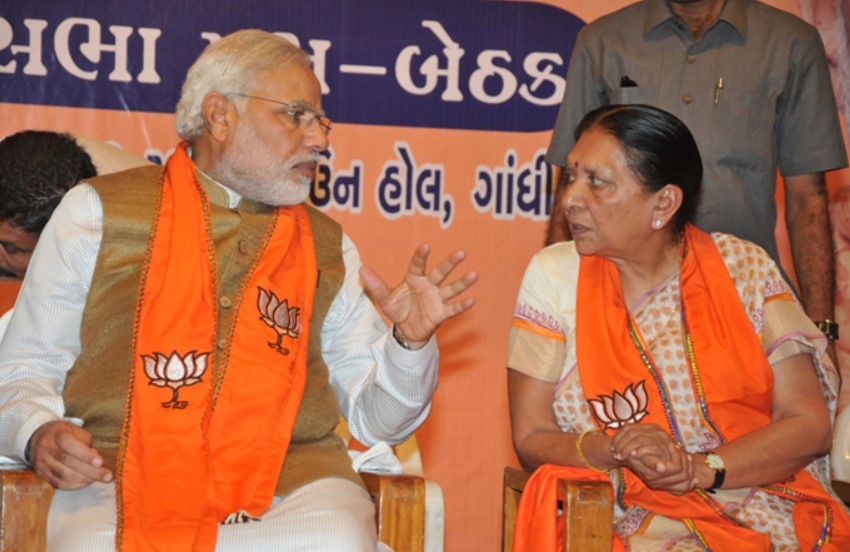
While we’re at it, let’s also consider how both the leaders have used and abused the Press. While Indira Gandhi censored the Press during the Emergency, Modi has rather modified the trick and reigned in the Press to make sure that almost all types of Press that he receives somehow work in his favour.
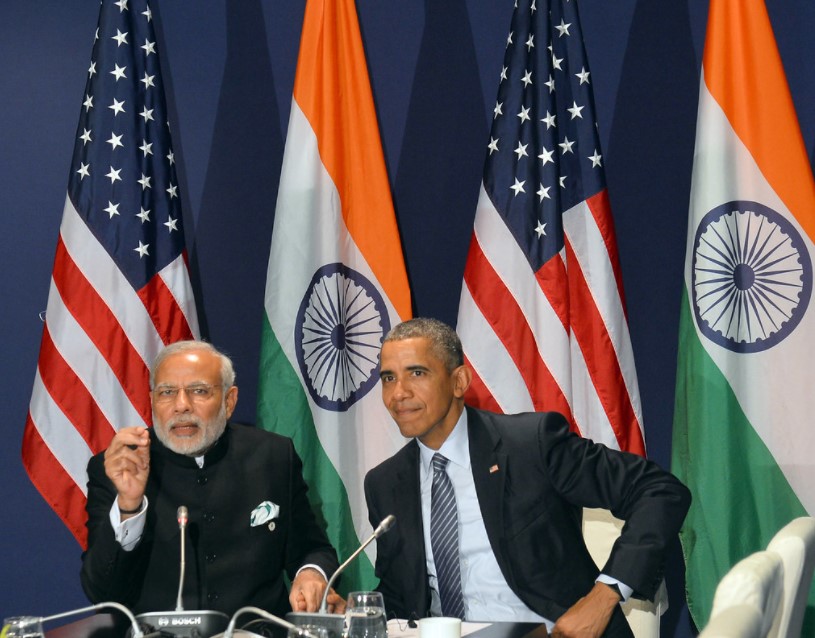
Both the leaders, Gandhi and Modi, left no stone unturned in their pursuit of greater political power. Be it amendments to MISA for Indira during the Emergency or the UAPA amendment under Modi government, the chase for increasingly centralized governance was unending for both. While Indira Gandhi took away any and every essence of Constitutionally-guaranteed liberties for the citizens by the declaration of National Emergency, Narendra Modi has jeopardized the very soul of Fundamental Rights by many of the bills passed by the government.

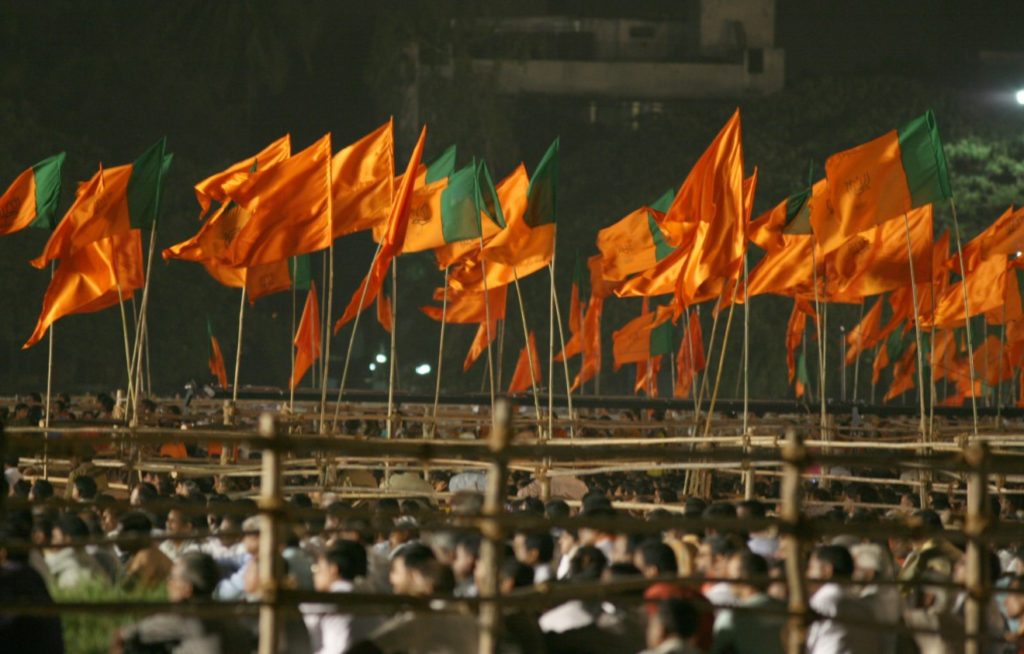
From the Transgender Persons (Protection of Rights) Bill to the continued blunting of the Right to Information Act to keep more and more information from the public, BJP’s majority in the Parliament has proven to be of great misfortune for the individual liberties.
While acknowledging how integral it is to not trivialise the haplessness of our citizens under Indira’s governance, I think the two governments have too much in common for us to abstain from attempting to draw parallels and comparisons. Ujjawal K Chowdhury writes in The Wire, “Though Modi has not yet declared an Emergency, socio-political tensions among communities are at their worst today due to lynching and lumpenism on issues like beef or cow trade, Ghar-wapsi claims, love-jihad conflicts, the ruling party standing with rapists in some states, etc.”
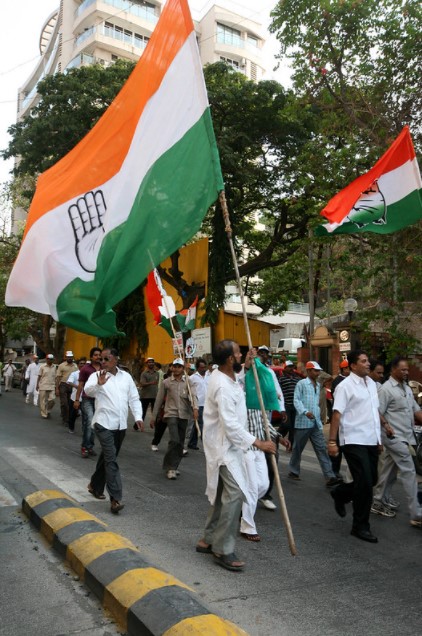
Even during Indira’s tenure, the National Emergency was an exceptional measure taken by a leader who didn’t consider much else while seeking to retain power; however, what we have now is the establishment of a new kind of ‘normal’ which is very much like the conditions under an Emergency, the only difference being, the leader today continues to enjoy the very popularity that Ms Gandhi lost during the Emergency. It is rather frightening that unlike the hatred people harbour for Indira Gandhi for being a threat to every aspect of democracy, people are rather obsequious when it comes to Modi; so much so that he was even re-elected in 2019.

